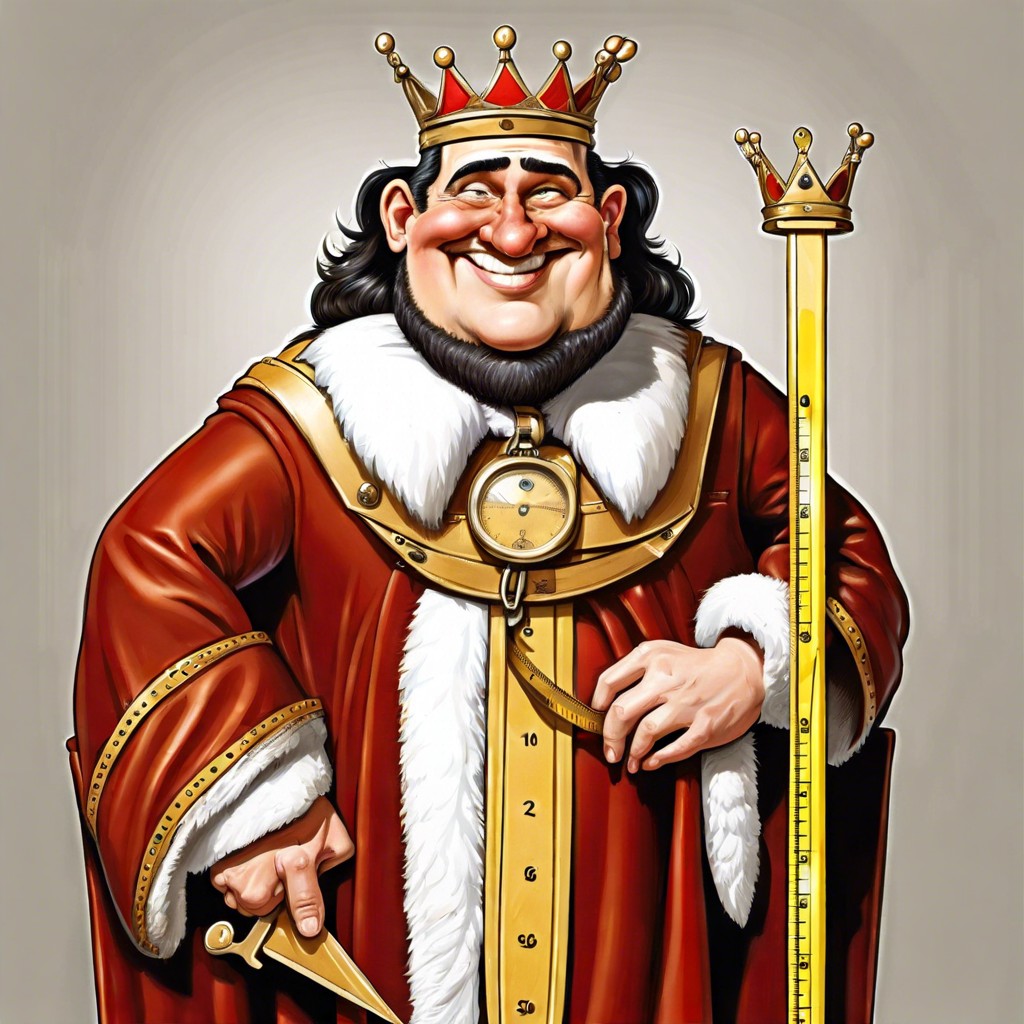Discover the exact size of a liter and how it compares to common everyday objects.
Key takeaways:
- A liter is equivalent to one cubic decimeter.
- Visualize a liter as roughly the size of a quart.
- Examples of everyday usage include soda bottles, car engine capacities, and recipes.
- The liter is used because it corresponds neatly to commonly used units and is practical for everyday items.
- Using liters allows for consistency and simplicity in various fields.
Definition of Liter
A liter is a unit of volume primarily used to measure liquids and some dry substances. In the metric system, it is equivalent to one cubic decimeter, making it a handy size for everyday measurements. This size directly relates to the common two-liter soda bottle, which visually represents two cubic decimeters of space.
Understanding this metric unit in terms of more familiar objects can simplify its concept without compromising its scientific integrity. For instance, visualizing a liter as roughly the size of a quart. This comparative approach aides in solidifying the practical understanding of liter measurements in everyday scenarios.
Everyday Usage of a Liter
Considering the ubiquity of a liter in daily life, it’s helpful to visualize where you might encounter this measurement.
In the kitchen, for instance, beverages such as soda or milk are commonly sold in one-liter bottles, offering a practical reference for how much a liter encompasses.
Another example can be found in engine capacities of cars, typically expressed in liters, which measure the volume of the engine’s cylinders. This gives car buyers an idea about the size of the engine.
Furthermore, when following recipes, many liquid ingredients are measured in liters. This precise quantification ensures consistent outcomes in cooking and baking, demonstrating the liter’s importance in culinary arts.
These instances reflect the liter’s role as a bridge between abstract measurement concepts and practical applications, making everyday tasks more manageable and understandable.
Why Do We Use Liter to Measure Liquid?
The liter is particularly useful for quantifying liquids because it corresponds neatly to commonly used units in daily life and scientific measurement. First and foremost, it ties directly into the metric system, which is based on the decimal system, making conversions straightforward. This simplicity is invaluable in cooking, science, and international trade, where precise, easy calculations of volume are necessary.
Moreover, its size is practical for everyday items. For instance, a liter of water fits comfortably within standard bottles, making it an ideal measure for beverages. In the industrial context, liters provide a manageable unit for gauging fluids in machines and processes without resorting to excessively large or small numbers, which can complicate understanding and increase the likelihood of error.
In essence, using liters allows for consistency across various fields and simplicity in practical applications, enhancing efficiency and understanding in both commercial and everyday contexts.




